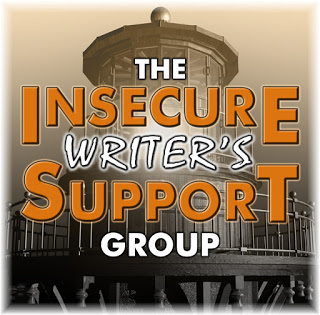Memories and Recollections

Today, introduces the letter M.
Get Pages of the Past delivered to your inbox every Friday!
Join us on Facebook: https://www.facebook.com/groups/184527085517941/

Memories and Recollections
The excerpt below doesn’t deal specifically with writing historical fiction. It’s from a workbook I created for a class I was teaching on writing your family stories. However, since we often refer to people’s memories of a time past when we’re researching for writing historical fiction, I thought the topic would apply to our roles as historical fiction authors.
Memory
Whether we are writing memoir, historic documentation of a family history, or creating a fictional tale based on true beginnings, we rely heavily on memory – which has been proven to be imperfect.
Our own memories, even though we think we have perfect recall, may err drastically from the truth of what actually happened. The family members that we interview may be spot on in the memories they think of to tell you. Or, those moments may have been distorted by the passage of time and the many experiences that have occurred since.
A lot may vary just because of our own individual perceptions of an event. I was talking to a co-worker about this subject one day. There were three of us in the room discussing some now-forgotten work drama and how another employee’s version of what happened differed so drastically from theirs.
I commented that even if someone came in immediately after our conversation and recorded details about what happened – they’d get three different stories. There may be much in common, but we all pay attention to different details. One will recall the conversation with more accuracy. Another may not remember much at all because their mind was far away, dwelling on one of their own problems and they weren’t paying attention. Another may remember the clothing that was worn, or the perfume that filled the room, while with someone else the clothing or its color may not have even registered.
Next, add ten, twenty, or sixty years to the timeline. How accurate is that memory going to be?
In Writing Life Stories, Bill Roorbach tells a story that his sister likes to frequently re-tell. It involves a younger brother, sucking on a blue toy bolt until it stuck to his lip. The sister finally wrestled it off and when it came loose the younger brother’s lip swelled to tremendous proportions and everyone freaked.
Except…the author claims that his sister wasn’t there. He was. The bolt was yellow, not blue. And he and his mother both laughed about it. He writes,
“Memory is faulty. That’s one of the tenets of memory. And the reader comes to memoir understanding that memory is faulty, that the writer is going to challenge the limits of memory, which is quite different from lying.”
He also writes,
“Even facts distort: What’s remembered, recorded, is never the event itself, no matter how precise the measurement…”
Just be aware that our individual perceptions and the passage of time may alter what we try to convey as historical fact. Sometimes a bit of a disclaimer worked into the narrative may help smooth over some of the possible differences in account.
- As far as I recollect…
- The conversation went something like…
- My ex – let’s call him Doofus James…
- The story of how he got his first job bootlegging may be lost, but one can assume…
- Though the details have been lost through the years, it most likely…
All in all, since we’re most likely not out looking for journalistic awards for this work, the important thing to know is that recording our family’s legacy is what’s important. As Carol Lachappelle, in Finding Your Voice Telling Your Stories, shares: The poet Anne Sexton wrote, “It doesn’t matter who my father was, it matters who I remember he was.”


















